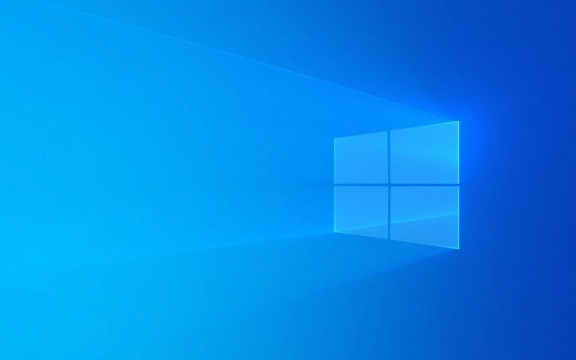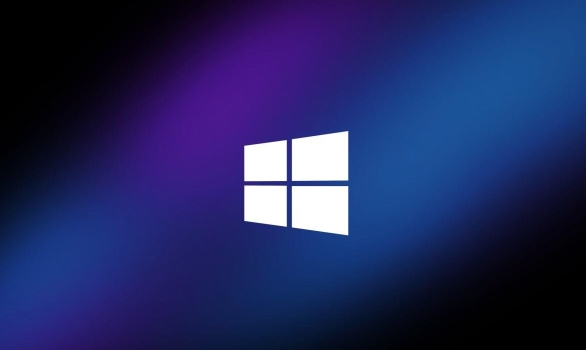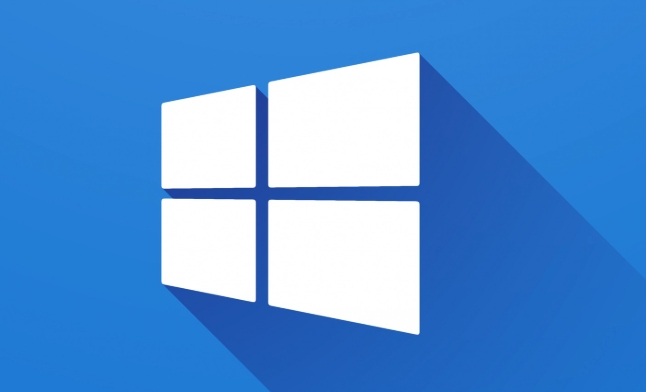A virtual machine (VM) is a software-based emulation of a physical computer that runs an operating system and applications in isolation on a host machine using a hypervisor. 1. It allows running multiple operating systems like Windows, Linux, and macOS simultaneously, enabling developers to test software across platforms, experiment with new systems, or run legacy applications. 2. VMs improve security and isolation by providing sandboxed environments for testing untrusted software, browsing risky sites, or analyzing malware without endangering the host system, with easy rollback options. 3. They simplify development and testing by ensuring consistent, reproducible environments across teams, avoiding configuration discrepancies, and enabling quick resets via snapshots. 4. VMs enhance resource utilization through server virtualization, allowing multiple VMs to run different services on a single physical server, reducing hardware and energy costs while improving scalability and management. 5. They support disaster recovery and backup by encapsulating entire systems into portable files, making it easy to back up, migrate, or restore VMs rapidly. Popular tools include VMware Workstation, VirtualBox, Hyper-V, Parallels, and cloud platforms like AWS and Azure, making VMs essential for flexibility, isolation, and efficient hardware use.

A virtual machine (VM) is a software-based emulation of a physical computer. It runs an operating system and applications just like a real computer, but it exists entirely within the software environment of a host machine. Think of it as a computer inside your computer.

Each VM operates in isolation, with its own virtual CPU, memory, storage, and network interfaces—all allocated from the resources of the physical host. This is made possible by a piece of software called a hypervisor, which manages and allocates the underlying hardware resources to the virtual machines.
Why Would You Use a Virtual Machine?
There are several practical reasons why individuals and organizations use virtual machines:

1. Run Multiple Operating Systems on One Machine
You can run Windows, Linux, and macOS (with limitations) simultaneously on the same physical computer. This is especially useful for:
- Developers testing software across different platforms
- Learning or experimenting with new operating systems
- Running legacy applications that only work on older OS versions
For example, a web developer might use a Linux VM to test a server-side script while working on a Windows laptop.

2. Improve Security and Isolation
VMs provide a sandboxed environment. If you're testing untrusted software, browsing risky websites, or analyzing malware, doing so in a VM protects your main system. If something goes wrong, you can simply delete or revert the VM to a previous state.
This isolation also helps in:
- Secure software development
- Safe handling of sensitive data
- Running potentially unstable applications
3. Simplify Development and Testing
Developers often use VMs to create consistent, reproducible environments. Instead of dealing with “it works on my machine” issues, teams can share identical VM configurations.
Benefits include:
- Easy setup of development environments
- Testing software in different configurations
- Quick rollback using snapshots
4. Better Resource Utilization and Server Virtualization
Businesses use VMs to maximize the use of their physical servers. Instead of running one application per server (which wastes resources), multiple VMs can run on a single machine, each hosting a different service.
This leads to:
- Lower hardware and energy costs
- Easier management and scaling
- Faster deployment of new servers
5. Disaster Recovery and Backup
Because a VM is essentially a set of files, it's easy to back up, copy, or move between hosts. This makes VMs ideal for:
- Creating system snapshots
- Migrating workloads between machines
- Restoring systems quickly after failure
Popular tools for running VMs include VMware Workstation, VirtualBox, Hyper-V, and Parallels (for Mac). Cloud platforms like AWS and Azure also use VMs to provide scalable computing resources.
Basically, if you need flexibility, isolation, or efficient use of hardware, a virtual machine is a powerful tool to have. It’s not magic—just smart use of software to make one machine act like many.
The above is the detailed content of What is a Virtual Machine and Why Would You Use One?. For more information, please follow other related articles on the PHP Chinese website!

Hot AI Tools

Undress AI Tool
Undress images for free

Undresser.AI Undress
AI-powered app for creating realistic nude photos

AI Clothes Remover
Online AI tool for removing clothes from photos.

Clothoff.io
AI clothes remover

Video Face Swap
Swap faces in any video effortlessly with our completely free AI face swap tool!

Hot Article

Hot Tools

Notepad++7.3.1
Easy-to-use and free code editor

SublimeText3 Chinese version
Chinese version, very easy to use

Zend Studio 13.0.1
Powerful PHP integrated development environment

Dreamweaver CS6
Visual web development tools

SublimeText3 Mac version
God-level code editing software (SublimeText3)
 Google Translate Picture | Translate Text in Images - MiniTool
Jul 12, 2025 am 12:57 AM
Google Translate Picture | Translate Text in Images - MiniTool
Jul 12, 2025 am 12:57 AM
This Google translate picture guide shows you how to translate text from an image. If you are looking for more computer tips and solutions, you can visit php.cn Software official website where you can also find some useful computer tools like php.cn
 How to Install Device Drivers Manually on Windows 11/10? - MiniTool
Jul 06, 2025 am 12:15 AM
How to Install Device Drivers Manually on Windows 11/10? - MiniTool
Jul 06, 2025 am 12:15 AM
If your Windows 11/10 computer doesn’t automatically the latest versions of device drivers, you will need to manually install them. In this post, php.cn Software will show you 3 different methods to manually install drivers on your device.
 How to Amplify/Boost/Increase Microphone Volume Windows 11? - MiniTool
Jul 06, 2025 am 12:27 AM
How to Amplify/Boost/Increase Microphone Volume Windows 11? - MiniTool
Jul 06, 2025 am 12:27 AM
This post delivered by php.cn official web page introduces three methods to improve microphone volume and boost its performance, in Control Panel, via Settings, and by Device Manager. Read the below content to view details.
 How to Open and Run dxdiag.exe on Windows 10/11
Jul 06, 2025 am 12:23 AM
How to Open and Run dxdiag.exe on Windows 10/11
Jul 06, 2025 am 12:23 AM
This post includes answers for what is dxdiag, how to run dxdiag in Windows 10/11, DirectX Diagnostic Tool’s main functions, and how to update dxdiag.exe driver. php.cn Software also provides many other computer tips and solutions for users. You can
 Best Ways to Fix Windows 11/10 Control Panel Not Opening!
Jul 08, 2025 am 12:01 AM
Best Ways to Fix Windows 11/10 Control Panel Not Opening!
Jul 08, 2025 am 12:01 AM
Have you ever wanted to adjust computer settings to fix some issues but suffered from Control Panel not opening? There is nothing more frustrating than this app not turning on, stopping you from viewing and changing system settings. In this post, mul
 what is an operating system
Jul 11, 2025 am 03:16 AM
what is an operating system
Jul 11, 2025 am 03:16 AM
The operating system is the basic software for managing hardware resources, running programs, and providing user interaction interfaces. It coordinates the relationship between hardware and software and is responsible for memory allocation, device scheduling, file management and multitasking. Common systems include Windows (suitable for office and gaming), macOS (Apple devices, suitable for creative work), Linux (open source, suitable for developers), and Android/iOS (mobile device system). The choice of ordinary users depends on the usage scenario, such as software compatibility, security and customization requirements. How to view system information: Use winver command for Windows, click on the machine for macOS, use terminal commands for Linux, and find the phone in settings. The operating system is the underlying tool for daily use,
 What Is Dell Digital Locker? How to Log in and Use It on Dell PC? - MiniTool
Jul 07, 2025 am 12:28 AM
What Is Dell Digital Locker? How to Log in and Use It on Dell PC? - MiniTool
Jul 07, 2025 am 12:28 AM
What is Dell Digital Locker? How to log into Dell Digital Locker? This post from php.cn provides answers. Besides, you can know how to use your Dell Digital Locker to find software products included with your Dell computer.
 How to Open Windows 11 Computer Management Console in 7 Ways? - MiniTool
Jul 09, 2025 am 12:18 AM
How to Open Windows 11 Computer Management Console in 7 Ways? - MiniTool
Jul 09, 2025 am 12:18 AM
This essay summarized by php.cn Software mainly teaches you how to open Windows 11 Computer Management with Windows Search, Quick Link menu, Run dialog, command prompt, PowerShell, File Explorer, Control Panel, as well as a desktop shortcut.






